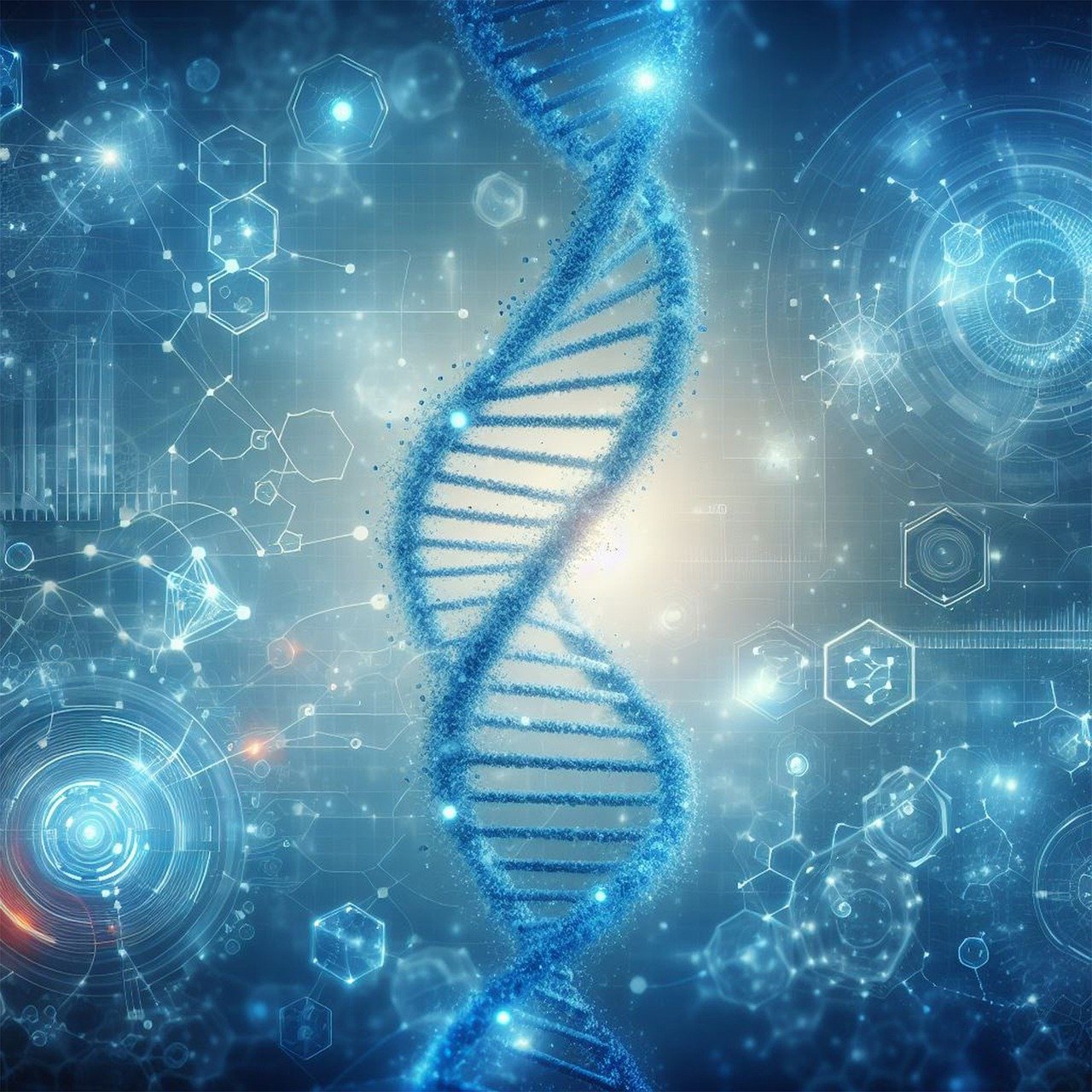The integration of Artificial Intelligence (AI) and Machine Learning (ML) in diagnostic testing and healthcare service delivery is reshaping modern medicine. These advanced technologies are improving diagnostic accuracy, speed, and efficiency, leading to enhanced patient outcomes and more effective disease management. For healthcare systems worldwide, especially in resource-constrained regions like India, Africa, and developing countries, AI and ML are making quality healthcare more accessible and affordable, contributing to universal health coverage and health equity.
Traditional Diagnostics Vs. AI-Driven Solutions
Conventional diagnostic methods depend heavily on human expertise and are often constrained by time and availability. With the explosion of complex medical data available today, it’s increasingly difficult for healthcare providers to access, interpret, and use this information for early detection and treatment of diseases. AI and ML overcome these limitations by analyzing medical data at an unprecedented scale, enabling faster, more precise diagnostics that benefit even small service providers.
How AI and Machine Learning Are Transforming Diagnostics
The application of AI in healthcare and ML in medical diagnostics has spread to many areas, including medical imaging, predictive modeling, and genetic analysis. These technologies identify patterns, deliver precise predictions, and support fast, accurate diagnoses that improve patient outcomes and drive proactive care.
- Medical Imaging: AI algorithms analyze medical images such as X-rays, CT scans, and MRIs with exceptional speed and precision, detecting abnormalities like tumors with remarkable accuracy. For example, Google’s LYNA (Lymph Node Assistant) has effectively identified cancerous cells in lymph nodes, allowing pathologists to make more accurate decisions, which is critical for oncology.
- Predictive Modeling and Patient Stratification: ML models assess patient histories, electronic health records (EHRs), and genetic data to predict disease progression. In high-prevalence areas for conditions like cardiovascular disease, such as India, AI-driven risk stratification can significantly reduce mortality rates by identifying at-risk individuals early.
- Pattern Recognition for Disease Detection: AI’s ability to recognize patterns in massive datasets enables the early detection of diseases like cancer, diabetes, and cardiovascular conditions. DeepMind’s AI models for ophthalmology, for instance, have detected diabetic retinopathy from retinal images, helping prevent vision loss through early intervention.
- Liquid Biopsy Analysis: AI-powered liquid biopsy technology enables non-invasive cancer detection through blood tests, allowing for early diagnosis and treatment with fewer side effects compared to traditional biopsy methods.
Benefits of AI and ML in Diagnostics
- Increased Accuracy and Reduced Human Error: AI-driven diagnostic tools are less prone to fatigue or cognitive biases, significantly improving diagnostic accuracy and patient safety.
- Early Disease Detection: By identifying diseases at an earlier stage, AI helps improve treatment outcomes and patient quality of life, especially for conditions where early intervention is critical.
- Personalized Medicine: With AI analyzing unique patient data, clinicians can create more individualized treatment plans, supporting the trend towards precision medicine.
- Enhanced Efficiency and Reduced Costs: AI-enabled automation streamlines workflows, reduces waiting times, and lowers healthcare costs—especially beneficial in low-resource settings.
- Improved Patient Engagement: AI delivers actionable health insights, empowering patients to proactively manage their health.
Challenges and Future Directions
While it is promising, AI integration in diagnostics faces challenges too:
- Data Quality and Integration: High-quality, standardized data is vital for accurate diagnostics. Access to diverse datasets can help improve model reliability and reduce bias.
- Regulatory Frameworks and Compliance: AI in healthcare must adhere to stringent regulatory standards to ensure patient safety and data privacy.
- Clinical Validation and Accuracy Testing: To build trust, AI and ML tools must undergo rigorous testing and validation in clinical settings.
- Training and Workforce Development: Educating healthcare professionals on the uses of AI in diagnostics ensures effective integration into clinical workflows.
Looking Forward: The Path to a New Diagnostic Era
AI and ML are ushering in a new era of digital health focused on proactive, personalized, and preventive care. These technologies can bridge significant gaps in healthcare access, especially in resource-limited areas, enabling accurate diagnoses regardless of location. As AI evolves, collaboration between healthcare providers, regulators, and technologists is essential to address challenges and realize the full benefits of AI-powered healthcare.


Comments on “Early Detection and Disease Management in Healthcare: The Role of AI and Machine Learning”